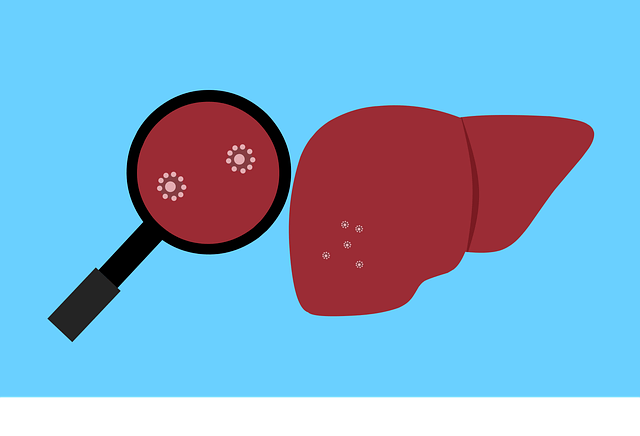Hepatitis is a type of infection that causes liver inflammation and damage, with outbreaks documented as early as 5,000 years ago in China.1 Viral hepatitis can be caused by five different types of viruses belonging to the hepatotropic family: hepatitis A virus, hepatitis B virus, hepatitis C virus, hepatitis D virus, and hepatitis E virus.1,2 Hepatitis D, also known as delta hepatitis, is the smallest virus ever discovered with the ability to infect humans.2,3 Despite its size, it is the most severe form of hepatitis.4
How do infections occur?
The hepatitis D virus can only cause infection in the presence of the hepatitis B virus.3 The hepatitis B and D viruses are transmitted in the same way, specifically through contact with contaminated blood or bodily fluids.5 If both viruses simultaneously infect a person, it is referred to as co-infection.5 If a person already has a hepatitis B virus infection, subsequent exposure to the hepatitis D virus can cause a superinfection.5
Co-infection with the hepatitis B and D viruses can generally be cleared if it occurs in healthy hosts.4 A superinfection, however, is more dangerous since it can rapidly lead to cirrhosis and increase the risk of developing a type of liver cancer known as hepatocellular carcinoma.4 In fact, hepatitis D virus has been shown to escalate the risk of mortality from cirrhosis by 2-fold and the risk of hepatocellular carcinoma by 3-fold in patients with hepatitis B viral infections.5
Where are hepatitis D infections most prevalent?
Although hepatitis B vaccinations have reduced the incidence of hepatitis D infections, areas with poor socioeconomic and hygienic conditions are still struggling with viral hepatitis D.5 Countries in the Asia-Pacific region, particularly China, India, Nigeria, the Philippines and Pakistan, have the highest rates of hepatitis D infection.2,5
Globally, an estimated 12 million people are infected with the hepatitis D virus.4 For every 22 people with hepatitis B, 1 person will also have hepatitis D.4
How can infections be treated?
If infected with the hepatitis D virus, the outcomes range from being asymptomatic to death due to the development of liver failure.2 Patients who are asymptomatic and have normal levels of liver enzymes generally do not require any therapy as co-infection with the hepatitis D and B viruses can be cleared by itself.1 For immunocompromised individuals and those with superinfections, interferon therapy is the only available treatment proven to be effective.1 Interferons are naturally produced by humans and function as immunomodulators.1 In the case of hepatitis D viral infections, interferon therapy has been shown to help in some, not all, cases.1
Interferon therapy for hepatitis D was first suggested in the 1980s due to its ability to stop hepatitis D viral replication and thus, infection.3 Unfortunately, various clinical trials conducted since then have found that only a subset of patients respond to interferon therapy if given a large enough dose at a relatively high frequency.3 In addition to not being effective in all people with hepatitis D infections, interferon therapy has various side-effects that include flu-like symptoms, fatigue, and weight loss.3
Ultimately, there is a critical need to develop and test the efficacy of new interventions to treat infections caused by the hepatitis D virus.
References
1. Castaneda D, Gonzalez AJ, Alomari M, Tandon K, Zervos XB. From hepatitis A to E: A critical review of viral hepatitis. World J Gastroenterol. 2021;27(16):1691-1715. doi:10.3748/wjg.v27.i16.1691
2. Miao Z, Xie Z, Ren L, Pan Q. Hepatitis D: advances and challenges. Chin Med J (Engl). 2022;135(7):767-773. doi:10.1097/cm9.0000000000002011
3. Niro GA, Rosina F, Rizzetto M. Treatment of hepatitis D. J Viral Hepat. 2005;12(1):2-9. doi:10.1111/j.1365-2893.2005.00601.x
4. Stockdale AJ, Kreuels B, Henrion MYR, et al. The global prevalence of hepatitis D virus infection: Systematic review and meta-analysis. J Hepatol. 2020;73(3):523-532. doi:10.1016/j.jhep.2020.04.008
5. Abbas Z, Qureshi M, Hamid S, Jafri W. Hepatocellular carcinoma in hepatitis D: Does it differ from hepatitis B monoinfection. Saudi J Gastroenterol. 2012;18(1):18-22. doi:10.4103/1319-3767.91731
Image by mohamed Hassan from Pixabay



